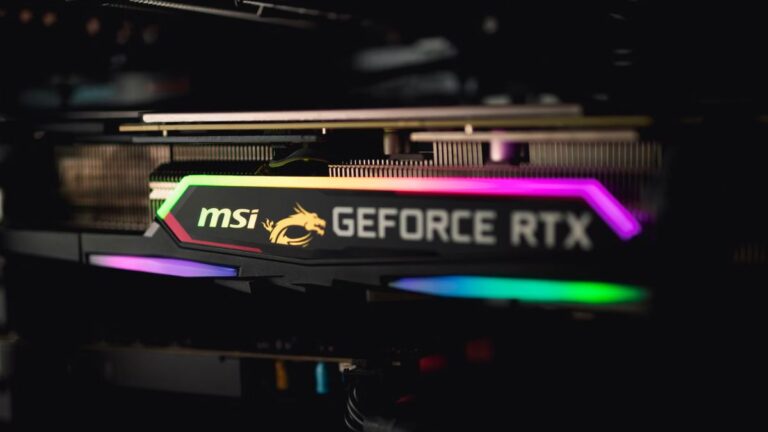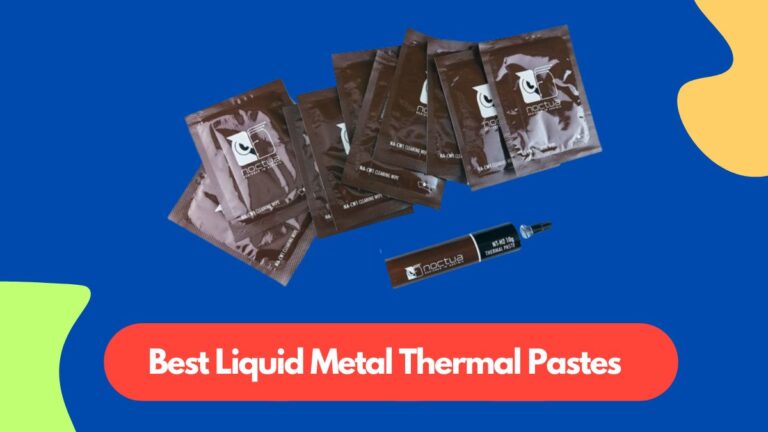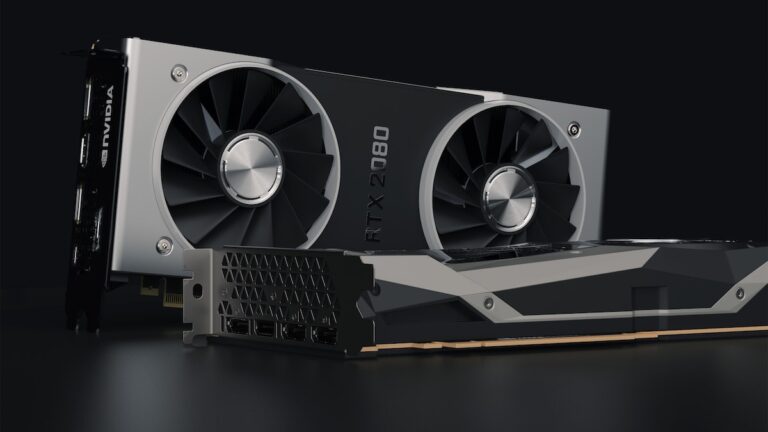Best Thermal Pad for CPU to Speed Up Your Processor!
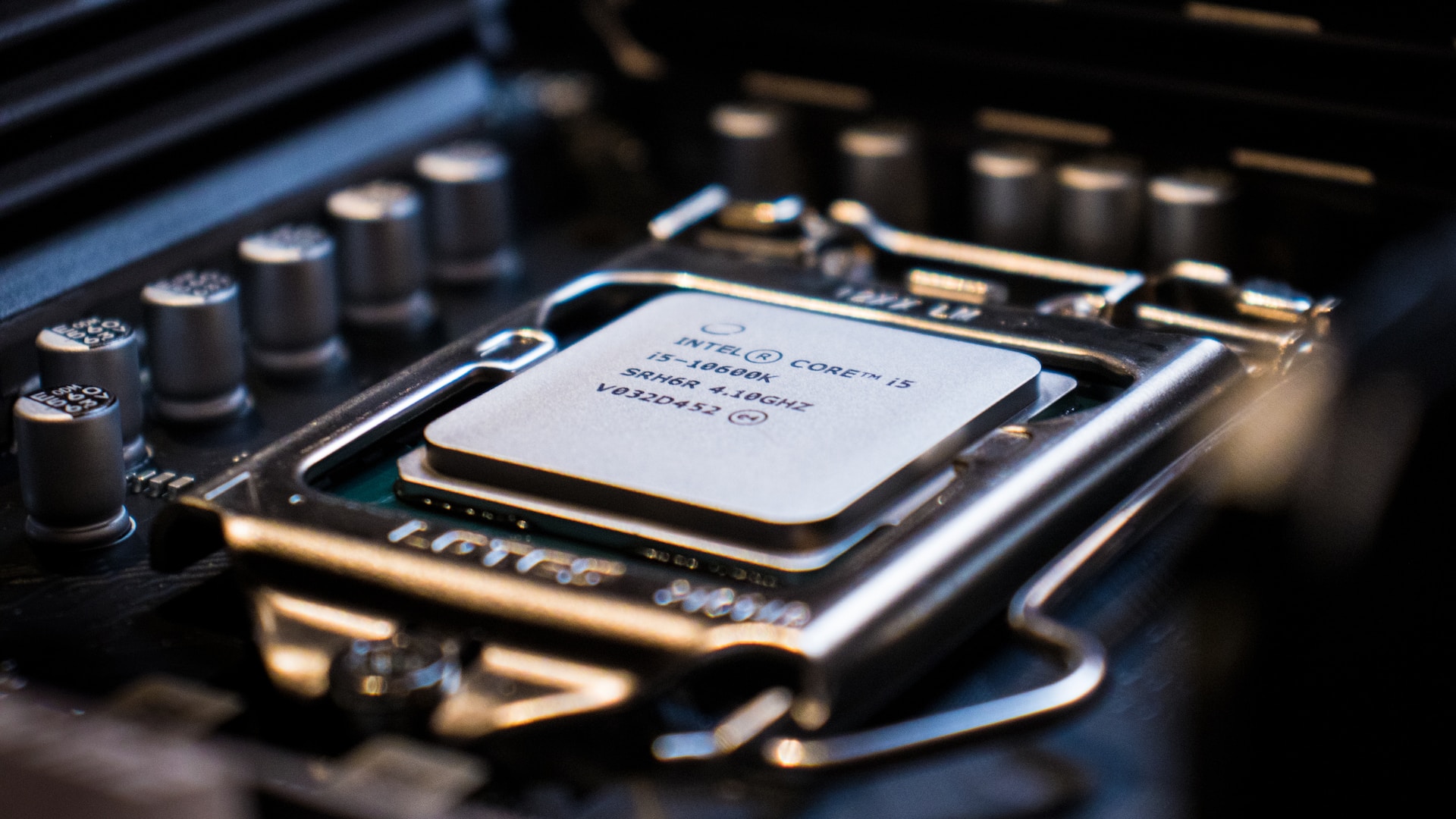

Are you looking to take your CPU cooling game to the next level? Well, you’re in luck because I’ve got you covered! Choosing the best thermal pad for your CPU can be a daunting task, especially with the myriad of options out there.
But fear not, because I’ve done all the research for you. In this article, I’ll be sharing my firsthand experience and knowledge to help you discover the absolute best thermal pads on the market. Whether you’re a gaming enthusiast, a content creator, or a performance junkie, I’ve got your back.
So, let’s dive in and explore the world of top-notch thermal pads for your beloved CPU!
Overview of the Best Thermal Pads for CPU
Comparison Table
| Aspect | Gelid Solutions Thermal Pad | SGTKJSJS Thermal Pad | OwlTree Thermal Pad |
|---|---|---|---|
| Material | N/A | Nano Silicon Grease Material | Thermal silica gel |
| Size (mm) | 80 x 40 x 2 | 70 x 20 x 1 | Different options |
| Compatibility | Various CPUs | Various CPUs and M.2 2280 SSD heatsinks | Various CPUs |
| Convenience | Easy to use | Easy to use, no cutting required | Can be cut freely according to needs |
Ranking List
1. Gelid Solutions Thermal Pad – Best Overall
With excellent heat conductivity, non-electrical conductive nature, and long-lasting composition, it offers outstanding performance and convenience.
2. SGTKJSJS Thermal Pad – Best Thermal Conductivity
Its unique Nano Silicon Grease Material enables exceptional thermal conductivity, ensuring efficient heat transfer for CPUs and heatsinks.
3. OwlTree Thermal Pad – Most Efficient
This thermal pad is touted as the most efficient thermal pad, offering impressive cooling performance.
Reviewing the Best CPU Thermal Pads On the Market
1. Gelid Solutions Thermal Pad – Best Overall
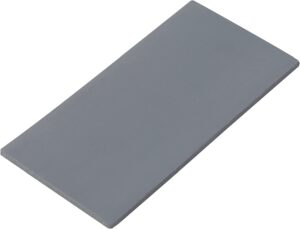

I recently had the opportunity to try out this thermal pad for my CPU, and I must say, it has exceeded my expectations in terms of performance and ease of use. This thermal pad from Gelid Solutions is truly the best overall option for CPUs.
One of the standout features of this thermal pad is its ultimate heat conductivity. It efficiently transfers heat from the CPU to the heatsink, ensuring optimal cooling performance. Additionally, its non-electrical conductive nature eliminates the risk of short circuits, providing peace of mind for CPU owners.
Another advantage of this thermal pad is its non-corrosive, non-curing, and non-toxic composition. Unlike traditional thermal pastes, there is no risk of corrosion or the need for frequent reapplication. The pad remains intact over time, offering long-lasting thermal conductivity without any maintenance hassle.
The Gelid Solutions Thermal Pad is also notable for its density and hardness. With a density of 2.8 g/cm3 and a hardness of 35 OO, it provides a reliable and consistent interface between the CPU and heatsink, ensuring optimal heat transfer.
While this thermal pad has many benefits, there are a couple of downsides to consider. Firstly, its size is 80 x 40 x 2 mm, which may not fit all CPU configurations, particularly smaller form factors. Also, the thermal conductivity of 12 W/mK, while decent, may not match the performance of some high-end thermal pastes.
To sum up, this thermal pad has proven to be a fantastic choice for my CPU. Its excellent heat conductivity, non-electrical conductive nature, and long-lasting composition make it a standout option. Although it may not be suitable for all CPU sizes and doesn’t match the absolute top-tier thermal pastes, its performance and convenience make it the best overall thermal pad for most CPU owners.
What I Liked
- Ultimate heat conductivity
- Non-electrical conductive and non-toxic
- Long-lasting and non-corrosive
- Reliable density and hardness
What I Disliked
- Doesn’t fit all CPU sizes
- Thermal conductivity is not top-tier
2. SGTKJSJS Thermal Pad – Best Thermal Conductivity


Here we’ve got another incredible thermal pad for CPUs – we have the SGTKJSJS Thermal Pad, which is touted as the best option for thermal conductivity when it comes to CPUs. Having tested it out, I can confidently say that it lives up to its claims and offers impressive performance.
One of the standout features of this thermal pad is its Nano Silicon Grease Material composition. This unique material boasts excellent thermal conductivity, allowing for efficient heat transfer from the CPU to the heatsink. It effectively dissipates heat, ensuring optimal performance and preventing overheating issues.
The soft and low-viscosity nature of the thermal pad is another advantage. It is flexible and compatible with uneven surfaces of CPUs, providing consistent thermal contact. Moreover, its low viscosity ensures that it doesn’t damage the CPU label, which is a relief for those concerned about warranty coverage.
Using this thermal pad is safe and straightforward. Simply remove the protective films on both sides of the pad and place it under the CPU heatsink. The dimensions of 70 x 20 x 1mm make it compatible with various popular CPU models. Also, no cutting is required, making installation hassle-free.
In a nutshell, the SGTKJSJS Thermal Pad is a top-notch choice for CPUs. Its excellent thermal conductivity, soft and low viscosity nature, and wide compatibility with popular processors make it a standout option for cooling enthusiasts.
What I Liked
- Excellent thermal conductivity with Nano Silicon Grease Material
- Soft and low viscosity for compatibility with uneven surfaces
- Safe and easy to use, without damaging CPU warranty labels
- Wide compatibility with popular CPUs
What I Disliked
- Limited to particular CPUs
Also, check out our guide on the best thermal pads for GPU if you’re looking to apply one to your graphic card too.
3. OwlTree Thermal Pad – Most Efficient
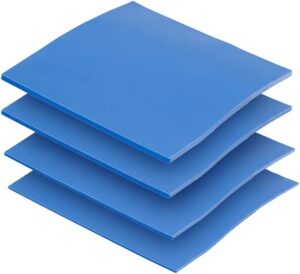

I recently had the opportunity to try out these thermal pads with excellent thermal conductivity. Made of thermal silica gel, these pads boast a heat conductivity of 6.0 W/mK, ensuring efficient heat transfer and optimal cooling performance.
One of the standout qualities of these thermal pads is their reliability and durability. They can withstand high temperatures ranging from -40 ℃ to 200 ℃ without melting. Additionally, they are non-toxic, odorless, anti-corrosion, wear-resistant, anti-static, fire retardant, and compression-resistant. They provide good insulation and can be safely used without the risk of damaging any electrical traces.
These thermal pads have a wide range of applications, making them versatile. They can be used in the control boards of electronic and electrical products, as well as in motor pads and foot pads. They are suitable for various appliances, automotive machinery, computer hosts, notebook computers, DVDs, VCDs, and any materials that require filling and cooling modules.
In terms of convenience and affordability, these thermal pads offer great value. With a dimension of 100x100mm, they can be easily cut according to your specific needs. The set includes pads of 0.5mm, 1mm, 1.5mm, and 2mm thickness, providing flexibility to meet different requirements.
The package includes 1 piece of each thickness (0.5mm, 1mm, 1.5mm, and 2mm), making a total of 4 pieces. This ensures that you have a variety of options available for different applications.
What I Liked
- Excellent thermal conductivity with 6.0 W/mK
- Reliable and durable, with a wide temperature range
- Versatile application in various electronic and electrical products
- Convenient and affordable, with different thickness options
What I Disliked
- Not the highest quality
How to Apply a Thermal Pad to Your Processor
Prepare the Processor
Before applying a thermal pad to your processor, be sure to prepare the surfaces properly. Start by ensuring that both the processor and the heatsink are clean and free from any dust, debris, or remnants of the previous thermal compound.
Use a lint-free cloth or isopropyl alcohol to gently wipe away any contaminants. This step is vital as it ensures a clean and smooth surface for optimal heat transfer between the processor and the thermal pad. By taking the time to properly prepare the processor, you set the foundation for effective heat dissipation and maximize the performance of your cooling solution.
Cut the Thermal Pad
Next, it’s time to cut the thermal pad to the appropriate size for your processor. Start by measuring the dimensions of the processor’s heat spreader or the area where the thermal pad will be applied. If the thermal pad is not pre-cut to the desired size, carefully trim it to match the measurements.
Ensure precision during the cutting process to avoid any excess or insufficient coverage. By customizing the thermal pad to fit the specific area, you optimize heat transfer and ensure maximum contact between the processor and the thermal pad, leading to effective heat dissipation and improved cooling performance.
Apply the Thermal Pad
Once you have the properly sized thermal pad, it’s time to apply it to the processor. Take care when placing the cut thermal pad onto the processor’s heat spreader, ensuring it aligns correctly. Gently press down on the pad to establish even contact and secure adhesion. It’s important to avoid exerting excessive force, as this could cause damage.
If you encounter any difficulties or have any uncertainties, consult the manufacturer’s instructions for specific guidelines on application. By following these steps, you ensure that the thermal pad is correctly positioned and in optimal contact with the processor, promoting efficient heat transfer and reliable cooling performance.
Frequently Asked Questions
Thermal pads and thermal paste both serve the purpose of facilitating heat transfer between the CPU and the cooling solution. But thermal pads are solid and pre-cut, offering convenience and ease of application, while the thermal paste is a paste-like substance that requires precise spreading and is often preferred for its higher thermal conductivity.
Thermal pads are designed for one-time use and should be replaced when upgrading or reseating your CPU. Once compressed, the thermal pad may lose its optimal thickness and thermal conductivity. So, you should always use a new thermal pad when reinstalling or changing CPUs for optimal cooling performance.
I don’t recommend using a thermal pad and thermal paste together for CPU cooling. They serve the same purpose of filling gaps and facilitating heat transfer. Using both can create uneven contact and compromise cooling efficiency. It’s best to choose one method based on your preference and follow the manufacturer’s recommendations for optimal results.
